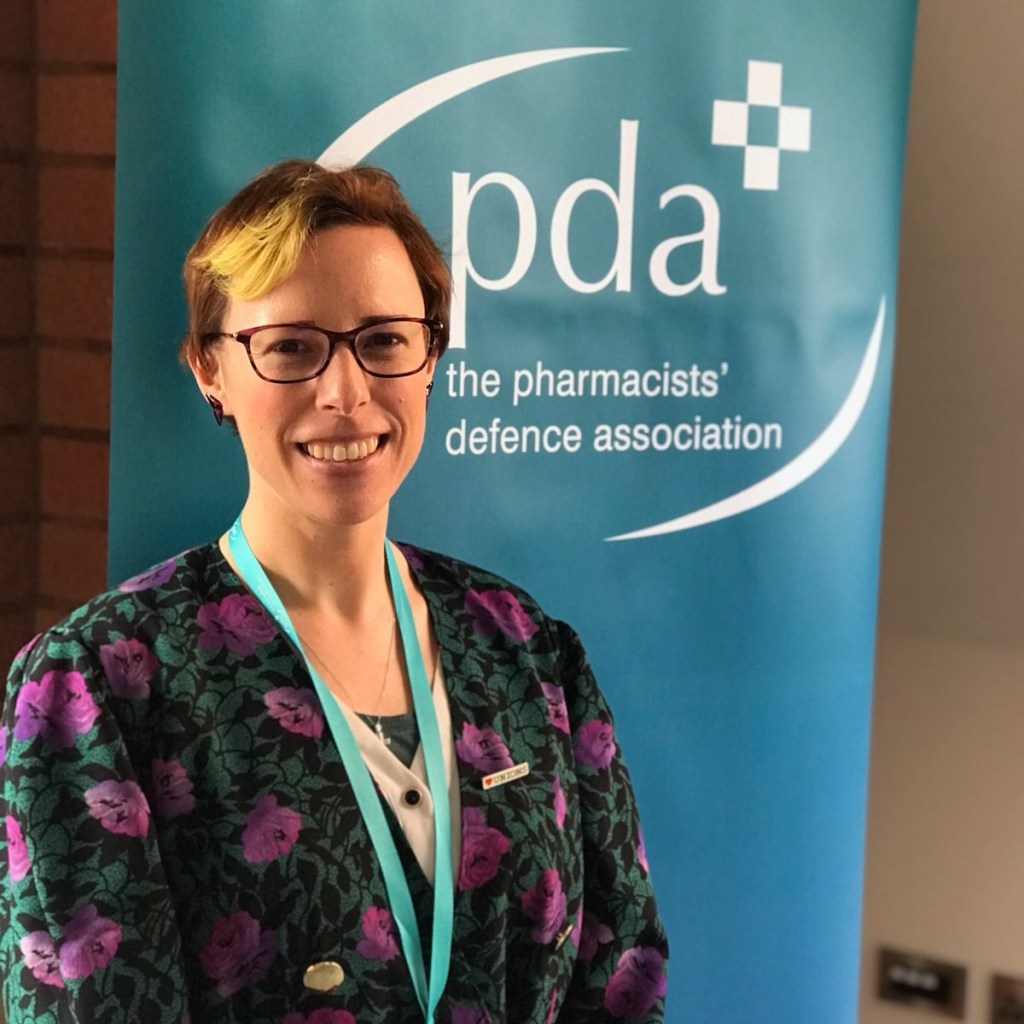
The latest UWU blog is by Jayne Love (she/her), Organiser at the Pharmacists’ Defence Association Union (PDAU). As part of her role as Organiser, Jayne leads on equalities, and in particular coordinates the women’s and LGBT+ networks. Here, she provides some more tips around LGBT+ Organising.
This is the second part to an article originally published on 8 June 2021, see Tips on LGBT+ Organising Part 1.
Be aware of discrimination within the LGBT+ community
The discrimination that LGBT+ people face in their lives from outside the community is well known and researched, but sadly discrimination also occurs within the LGBT+ community. Labels can be comforting and make it easy to find and be part of a group, but they can also exclude and ostracise others, as not everyone understands and experiences labels in the same way. In particular, asexual, bi/pansexual and transgender identities are often rejected by others as valid, leading to acephobia, biphobia, and transphobia. For instance, despite an increase in media attention over the years, asexuality remains poorly understood: a 2019 Sky News survey found that 75% of respondents could not define asexuality correctly. Bi/pansexuals are often perceived as confused or promiscuous: a 2018 Stonewall report revealed that 27% of bi women and 18% of bi men have experienced discrimination or poor treatment from others in their local LGBT+ community because of their sexual orientation, as compared with 9% of lesbians and 4% of gay men. In the same study, there was evidence of transphobic abuse and discriminatory attitudes towards trans people in some of the responses to the survey from within the LGBT+ community.
Additionally, some people can find themselves being a minority within a minority, facing more layers of discrimination, including sexism, racism, ableism and ageism, as well as religious discrimination. Stonewall highlighted that 51% of Black, Asian, and Minority Ethnic LGBT+ people reported that they had experienced racism within the LGBT+ community. Further, 36% of trans people, 26% of disabled people, and 21% of people of non-Christian faith reported that they had experienced discrimination from within the LGBT+ community because of different parts of their identities. Having experienced discrimination yourself doesn’t mean that you don’t hold prejudices: it’s really important to reflect on your own assumptions and biases. Being open minded and willing to learn about and listen to others is one of the best ways to counter discrimination – why not involve your LGBT+ members in creating some positive guidelines around creating safe spaces to share and learn?
Consider intersectionality
Intersectionality is the overlapping of people’s identities and their experiences of oppression and discrimination. Intersectionality recognises not only differences between identities (such as racial, gender, and LGBT+ identities) but also those within these identities. For example, the experiences of women of colour are different to those of white women. It is important that we recognise intersecting identities and that everyone has their own unique experiences of oppression and marginalisation.
The Pharmacists’ Defence Association has an Equalities Council, which is a formal structure bringing together representatives from the union’s four member Equality, Diversity and Inclusion (EDI) Networks. This structure allows members from the different networks to learn from each other and to address intersectional discrimination together. In addition, PDA members work collaboratively more informally around intersectional issues. For example, the National Association of Women Pharmacists (NAWP) has produced a variety of factsheets focusing around women’s health issues, and in the process of putting these together, the committee worked with LGBT+ members in order to ensure that language was inclusive. Their latest factsheet for Endometriosis Awareness Month includes reference to trans men and non-binary people, whilst a factsheet they produced on breast cancer last year includes details of the risk for trans women. Why not bring in more intersectionality in your work with members, encouraging them to work together via both formal and informal channels?
Think about the role of allies for the network
Pharmacists, trainee pharmacists and pharmacy students do not need to identify as LGBT+ in order to join the PDA’s LGBT+ Network, since allies are welcomed – those who will support equality and fairness for LGBT+ people. However, the involvement and impact of allies in networks has been hotly debated. A three-year study which looked at how LGBT+ employee networks operate within the NHS found that a lot of networks can be ally-heavy, which can lead to minorities being a minority in their own network, making it difficult for LGBT+ people to be visible and to have their voices heard. However, the research also found that allies tend to be associated with multiple networks, not just LGBT+, so are useful in promoting and working with intersectionality.
It is my view that education, advocacy and challenging stereotypes should not fall solely on the shoulders of LGBT+ people but also the wider population. Allyship and challenging prejudice is the responsibility of all sections of society, as well as listening to the people with lived experience. With this in mind, it might be worth considering holding some events which are LGBT+ only spaces, and some which are open to allies as well as LGBT+ members.
Be a role model
It’s much harder to be what you can’t see, so by being a visible role model, you can help show the way for others, whether you identify as LGBT+, or are an ally working with LGBT+ members. Reflect on your own journey to this point as an organiser and acknowledge your potential to influence those around you and to encourage and develop others. Remember that whilst one aspect of your identity, such as being LGBT+, is an important part of who you are, it is not your whole self, it is just part of you, so make sure you bring in the rest of yourself as well. You don’t have to be perfect, you just have to be there. Be open, show vulnerability, and learn from your failures – and remember that the best person you can be is yourself!
